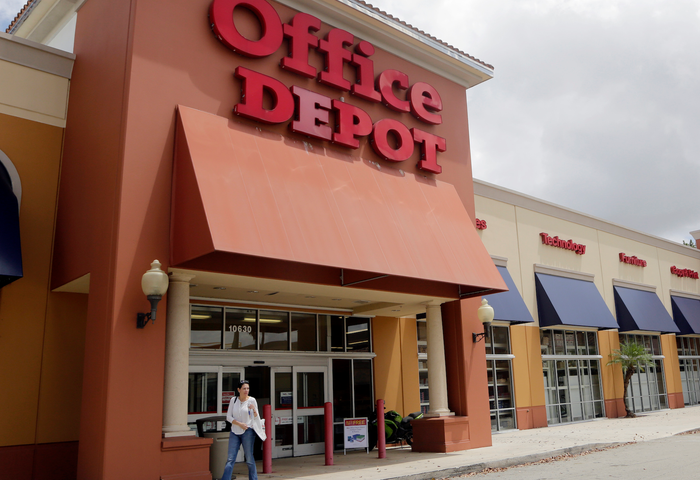In an era where convenience and speed are valued more than ever, DoorDash has emerged as a leading force in transforming the food delivery landscape. This digital platform has not only changed the way we access our favorite meals but has also created a new ecosystem within the food industry, benefiting restaurants, delivery personnel, and consumers alike. This article delves into the inception of DoorDash, its impact on the restaurant industry, the gig economy, and the challenges and opportunities it presents in the evolving world of food delivery services.
The Genesis of DoorDash
DoorDash’s journey began in 2013, born out of a desire to deliver more than just food. Its co-founders, led by CEO Tony Xu, envisioned a service that could bridge the gap between local businesses and consumers, making deliveries possible for restaurants that previously did not offer this option. Starting as a small startup in Palo Alto, DoorDash has since expanded exponentially, now serving millions of users across the United States, Canada, Australia, and beyond.
The company’s rapid growth can be attributed to its innovative approach to food delivery, leveraging technology to offer a seamless and efficient service. DoorDash’s platform uses sophisticated algorithms to optimize delivery routes, ensuring fast and reliable service. This focus on technology, coupled with a commitment to expanding restaurant choices for consumers, has positioned DoorDash as a frontrunner in the competitive food delivery market.
Transforming the Restaurant Industry
DoorDash’s impact on the restaurant industry has been profound. By partnering with DoorDash, restaurants have been able to tap into a wider customer base, increasing their sales and visibility without the significant overhead costs of setting up their own delivery systems. This has been particularly crucial for small and independent establishments that might not have the resources to compete with larger chains.
Moreover, DoorDash has introduced innovative features like DashPass, a subscription service offering free deliveries for a monthly fee, and partnerships with high-demand restaurants, enhancing customer loyalty and repeat business. These initiatives have not only benefited consumers but have also provided restaurants with a steady stream of orders, contributing to their growth and sustainability in a highly competitive market.
The Gig Economy and DoorDash
DoorDash is a significant player in the gig economy, providing flexible earning opportunities for thousands of ‘Dashers’—the term used for DoorDash delivery personnel. For many, working as a Dasher offers the allure of setting their own schedules and the freedom to choose their delivery assignments, making it an attractive option for those seeking part-time or supplementary income.
However, the gig economy model also presents challenges, including the lack of traditional employment benefits such as health insurance and paid leave. The debate over the classification of gig workers as independent contractors versus employees has sparked legal and social discussions, highlighting the need for policies that protect the rights and well-being of workers in this new economic landscape.
Navigating Challenges and Embracing Opportunities
As DoorDash continues to expand, it faces various challenges, including market saturation, regulatory hurdles, and the constant need to innovate in a fast-paced industry. Maintaining the balance between growth and service quality, addressing the concerns of gig workers, and navigating the complex web of local and international regulations are critical areas that require ongoing attention.
Despite these challenges, DoorDash’s trajectory offers numerous opportunities. The company’s foray into grocery and convenience item delivery marks its evolution beyond restaurant food, catering to the broader needs of consumers. Furthermore, DoorDash’s commitment to innovation, exemplified by its exploration of autonomous delivery vehicles, promises to redefine the future of delivery services, making them more efficient and environmentally sustainable.
Shaping Consumer Behavior
DoorDash has played a pivotal role in shaping contemporary consumer behavior, particularly in the realm of dining and food consumption. The convenience of having a wide array of dining options available at one’s fingertips has led to a significant shift in how people choose and consume meals. This change has been further accelerated by the global pandemic, which saw an increased reliance on food delivery services due to health concerns and lockdown measures. DoorDash, with its user-friendly app and extensive network of restaurant partners, has been at the forefront of this shift, facilitating a seamless transition to at-home dining experiences.
This transformation in consumer behavior also underscores the increasing expectation for immediacy and convenience in all aspects of life, a trend that DoorDash and similar platforms cater to and perpetuate. As consumers grow accustomed to the ease and speed of services like DoorDash, the demand for such convenience is likely to continue shaping offerings in the food industry and beyond.
Economic Contributions and Community Support
DoorDash’s impact on local economies is another facet of its wide-reaching influence. By partnering with local restaurants, DoorDash helps drive revenue to these businesses, contributing to their growth and, by extension, to local job creation. This support has been particularly vital during challenging economic times, such as those experienced during the COVID-19 pandemic, when many restaurants faced the threat of closure due to decreased foot traffic and stringent public health measures.
In addition to its economic contributions, DoorDash has demonstrated a commitment to community support and social responsibility. Initiatives like Project DASH (DoorDash Acts for Sustainability and Hunger), which aims to reduce food waste and address hunger by connecting surplus food from restaurants with food banks, highlight DoorDash’s efforts to leverage its platform for social good. Such programs not only address critical societal issues but also strengthen the bond between DoorDash, its partners, and the communities they serve.
Conclusion
DoorDash’s journey from a small startup to a global leader in food delivery exemplifies the transformative power of technology and innovation. By connecting restaurants, consumers, and delivery personnel through a seamless digital platform, DoorDash has redefined the dining experience, offering unparalleled convenience and choice. As the company navigates the challenges and opportunities ahead, its continued focus on innovation, community engagement, and sustainability will be key to shaping the future of food delivery services, making them an integral part of our digital-driven lives.





